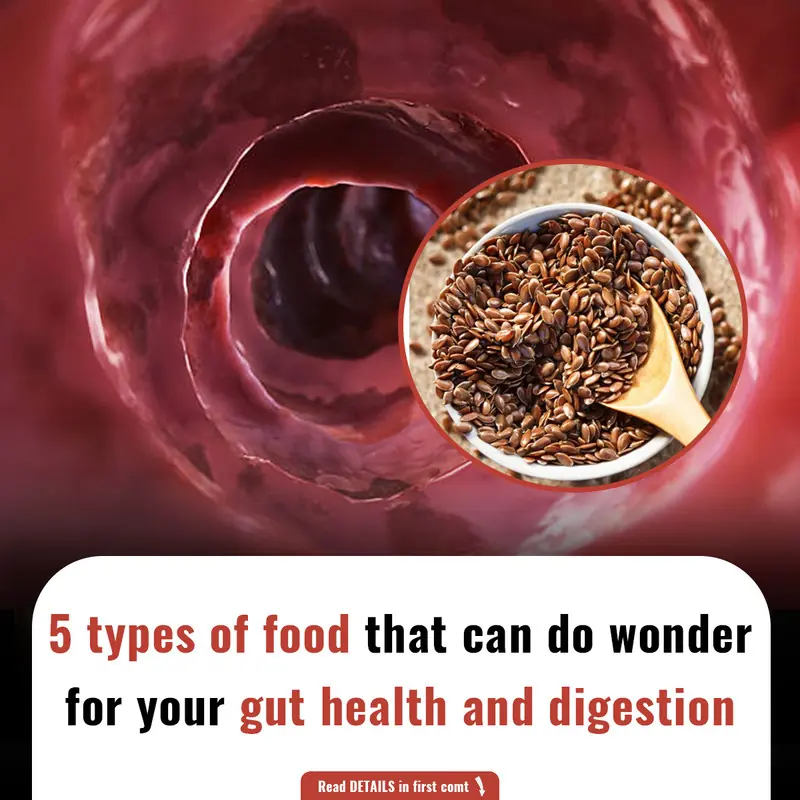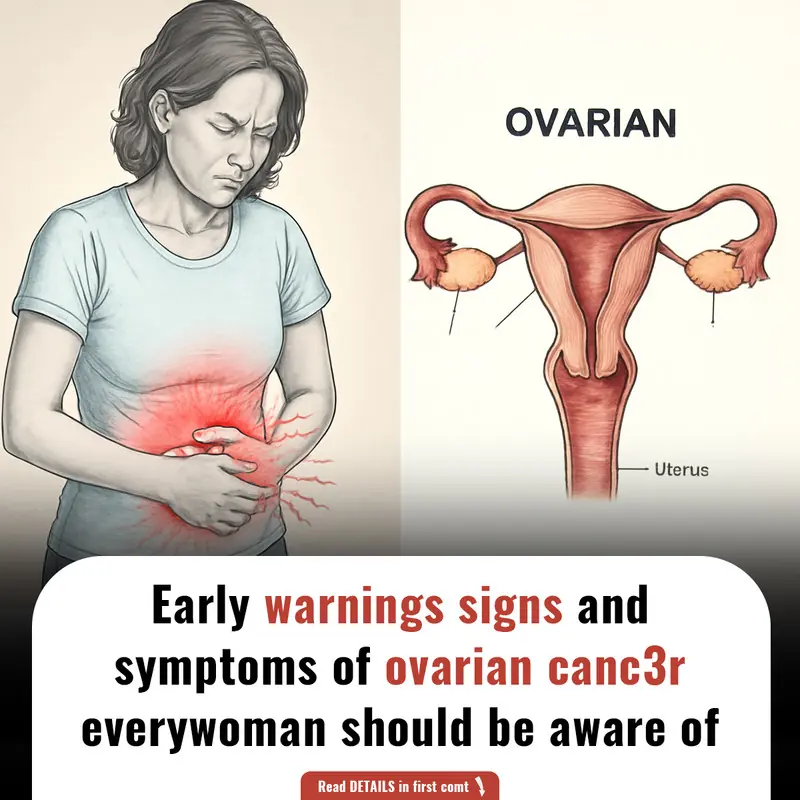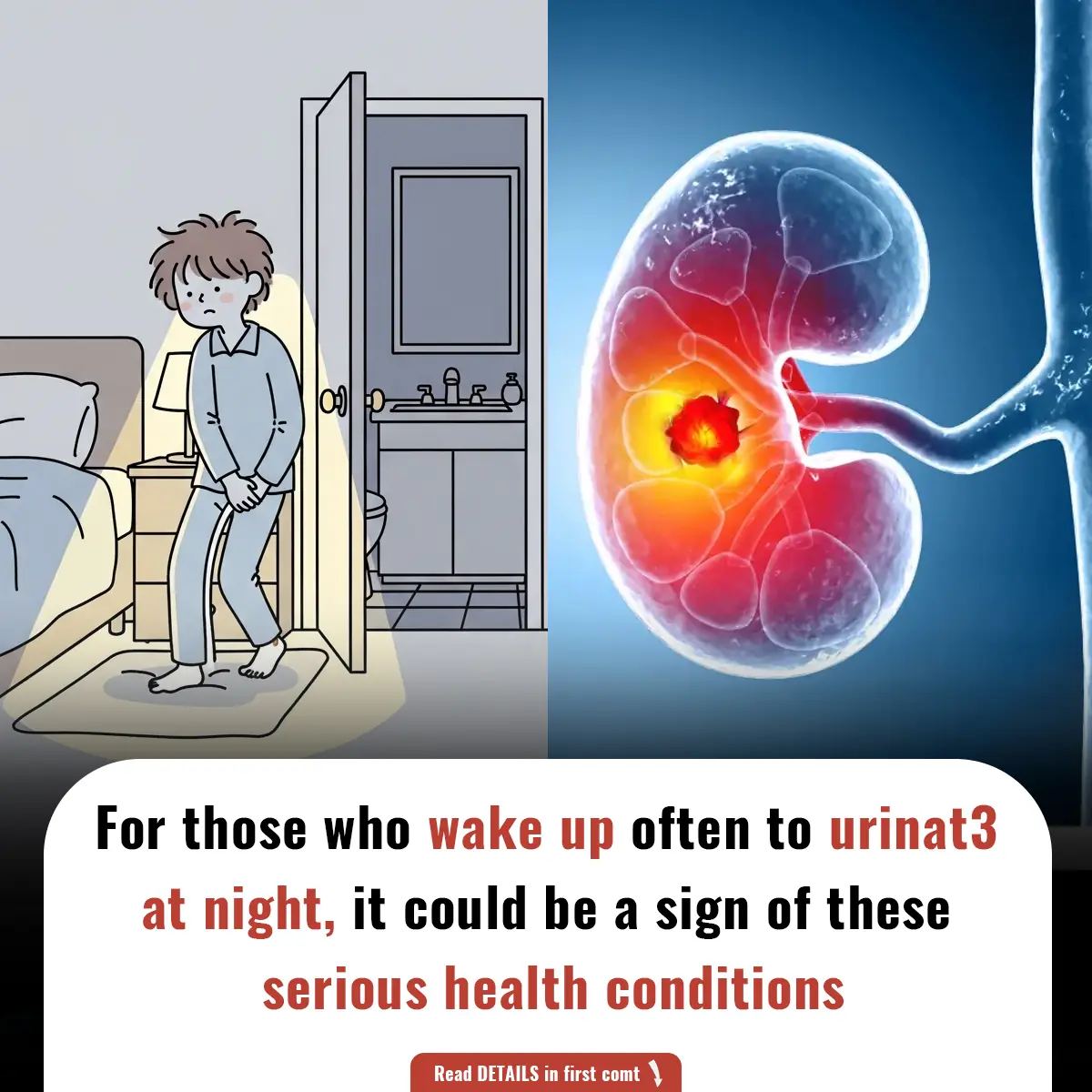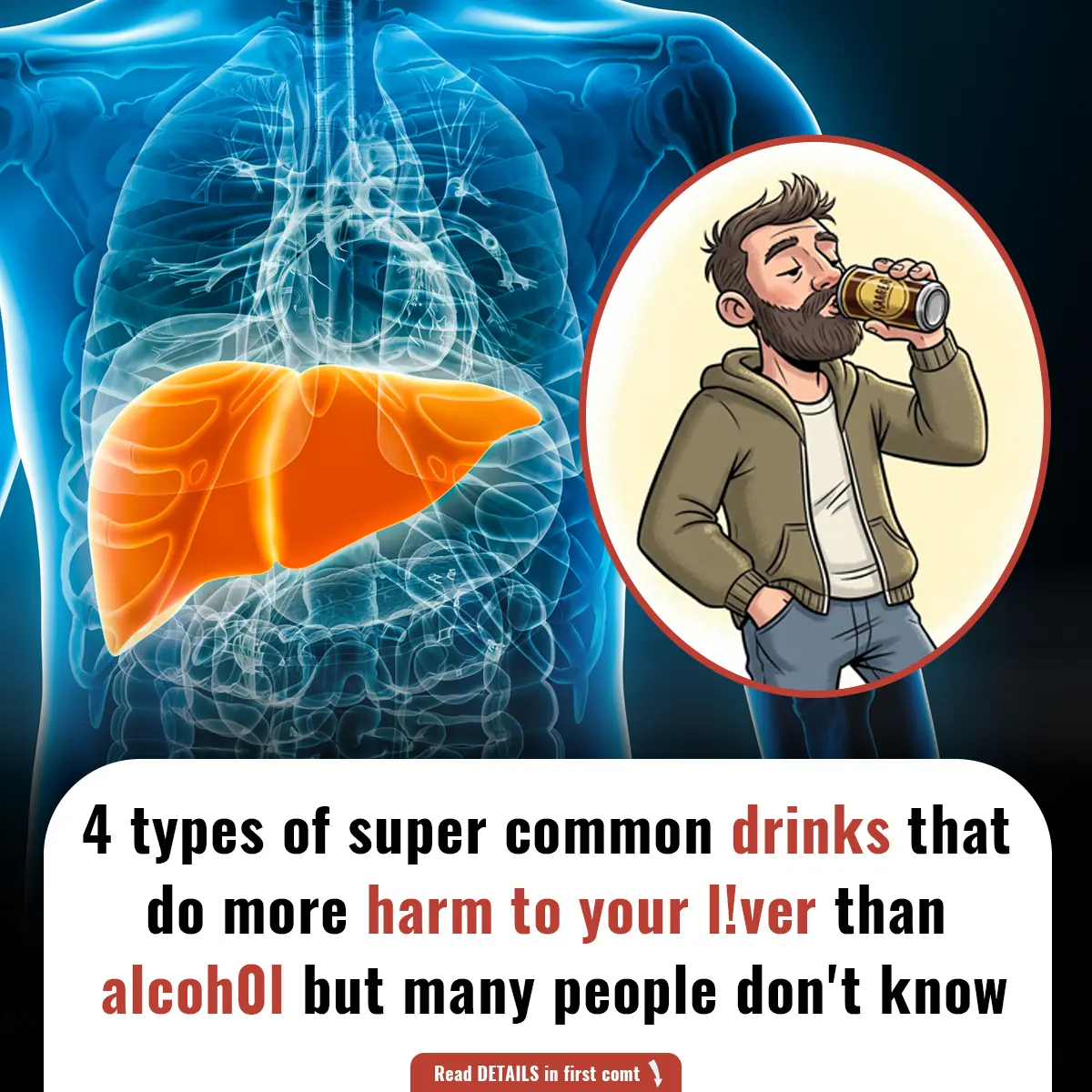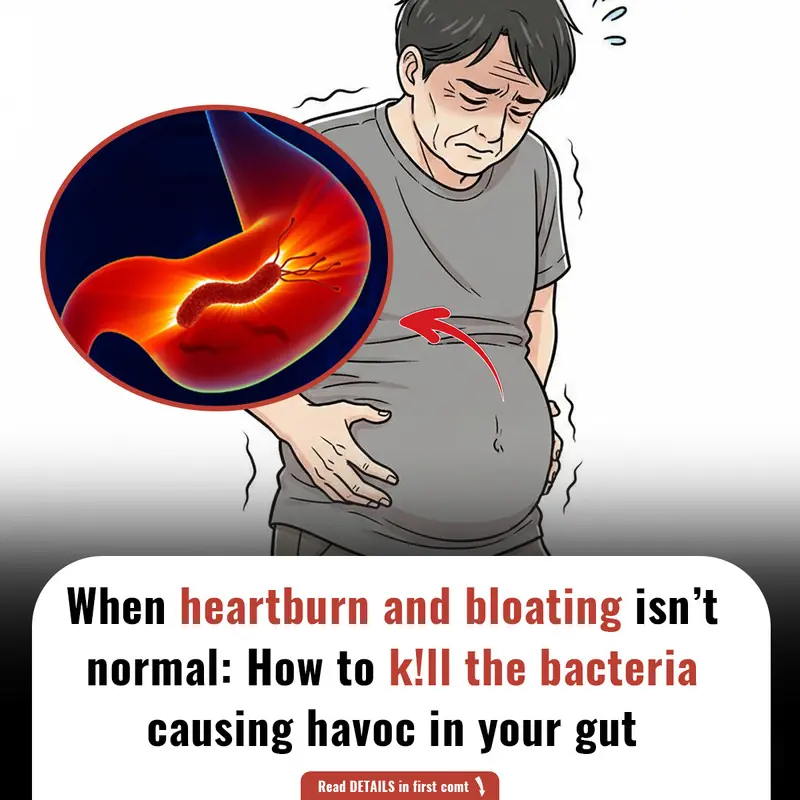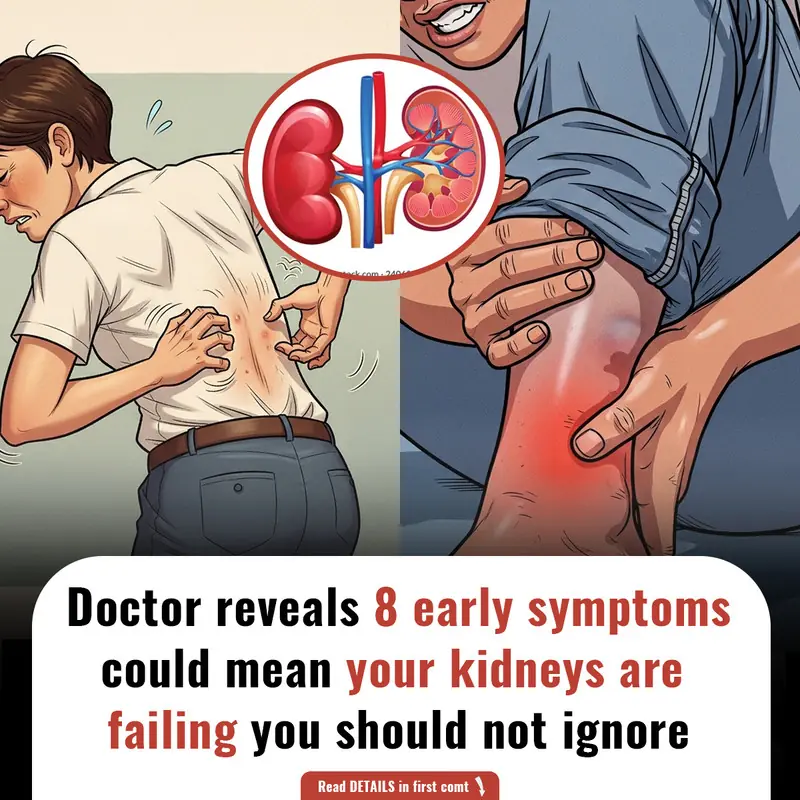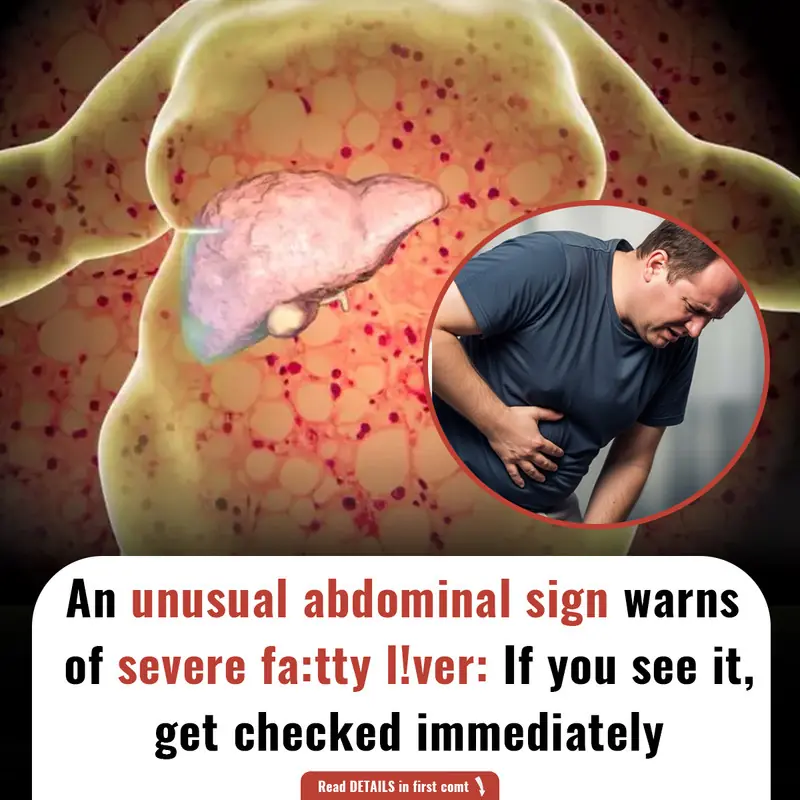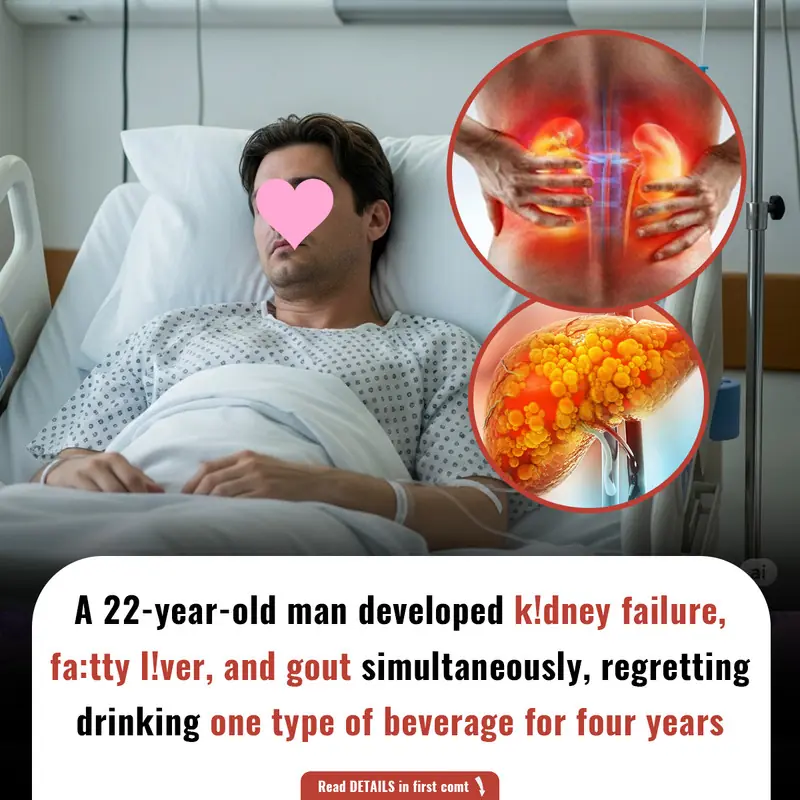What Happens to Your Body During a 36-Hour Fast? A Comprehensive Science-Based Exploration
Intermittent fasting has gained immense popularity as a health and wellness strategy, but what exactly happens inside your body when you fast for 36 hours? This detailed guide breaks down the physiological changes, benefits, and considerations of an extended fast backed by scientific research.
Your body goes through some mind-boggling changes if you don't eat food for 36 hours (Getty Stock Image)
Introduction
Fasting, the voluntary abstention from food and sometimes drink, has been practiced for centuries across various cultures and religions. Recently, it has resurfaced as a powerful tool for health optimization, weight management, and longevity. Among the many fasting protocols, a 36-hour fast stands out as an intermediate-length fast that triggers significant metabolic changes. Understanding what happens in the body during this fasting window can empower you to harness its benefits safely and effectively.
Different things happen to your body the longer you abstain from food (Getty Stock Image)
What Is a 36-Hour Fast?
A 36-hour fast typically involves not eating for a day and a half—roughly one and a half times the length of a full day. For example, if you finish dinner at 7 PM on day one, you would not eat again until 7 AM on day three. This fasting period extends beyond typical intermittent fasting windows (such as 16:8 or 24-hour fasts) and edges closer to prolonged fasting durations.
The Body’s Metabolic Journey During a 36-Hour Fast
The human body undergoes a fascinating sequence of physiological events during fasting, transitioning from using glucose to tapping into fat reserves for energy. The process unfolds in stages:
1. Glycogen Depletion (0–12 Hours)
Initially, your body relies on glucose—the sugar derived from recent meals—for energy. This glucose is stored in the liver and muscles as glycogen. During the first 12 hours of fasting, your body gradually uses up these glycogen stores to maintain blood sugar levels and fuel essential functions.
2. Gluconeogenesis Activation (12–24 Hours)
Once glycogen stores are significantly depleted, the liver begins gluconeogenesis, a metabolic pathway that produces glucose from non-carbohydrate sources such as amino acids and glycerol. This process ensures that glucose-dependent organs, like the brain and red blood cells, continue to receive energy.
3. Ketosis Onset (After ~24 Hours)
After about 24 hours without food, your body shifts to producing ketone bodies from fatty acids in the liver. Ketones serve as an alternative energy source for the brain and other tissues, marking the metabolic state known as ketosis. Ketosis promotes fat burning and supports cognitive function during fasting.
4. Hormonal Adjustments
Fasting triggers complex hormonal changes. Insulin levels drop, facilitating fat breakdown. Meanwhile, growth hormone secretion increases, supporting muscle preservation and metabolic health. These hormonal shifts contribute to improved insulin sensitivity and metabolic flexibility.
Physiological Benefits Observed During a 36-Hour Fast
Scientific research highlights several benefits associated with extended fasting periods such as 36 hours:
Improved Insulin Sensitivity
A key advantage of fasting is the improvement in insulin sensitivity, reducing the risk of type 2 diabetes. Lower insulin levels during fasting enhance the body's ability to regulate blood sugar effectively.
Enhanced Fat Burning
With glycogen depleted and ketone production underway, the body efficiently mobilizes fat stores for energy. This metabolic switch supports weight loss and fat reduction.
Cellular Repair and Autophagy
Fasting stimulates autophagy, a natural cellular cleanup process where damaged cells and proteins are broken down and recycled. Autophagy plays a vital role in maintaining cellular health and longevity.
Mental Clarity and Cognitive Function
Many individuals report heightened mental clarity during fasted states, likely due to stable blood sugar and the neuroprotective effects of ketones.
Common Physical and Psychological Experiences During a 36-Hour Fast
While the benefits are promising, fasting also presents challenges:
-
Hunger: The most obvious effect is increased hunger, especially during the initial phase.
-
Energy Levels: Some may experience dips in energy, though many report stable or improved energy after adaptation.
-
Mood: Irritability or mood fluctuations can occur but often stabilize.
-
Hydration: It’s crucial to maintain fluid intake to prevent dehydration.
Listening to your body and understanding these effects can help you manage the fasting experience.
Who Should Avoid or Approach a 36-Hour Fast with Caution?
Extended fasting is not suitable for everyone. People who should avoid or consult a healthcare professional before attempting a 36-hour fast include:
-
Pregnant or breastfeeding women
-
Individuals with a history of eating disorders
-
Those with diabetes or blood sugar regulation issues
-
People taking certain medications that require food intake
-
Children and adolescents
Tips for a Safe and Effective 36-Hour Fast
-
Stay Hydrated: Drink plenty of water and consider electrolyte supplementation if fasting longer.
-
Start Gradually: If new to fasting, build up from shorter fasting windows.
-
Avoid Strenuous Activity: Light exercise is fine, but intense workouts might be too demanding.
-
Break the Fast Mindfully: After fasting, reintroduce food gently with nutrient-dense, balanced meals.
Scientific Insights and Expert Opinions
Dr. Valter Longo, a leading researcher in fasting and longevity, emphasizes that fasting periods between 24 to 48 hours can promote cellular regeneration and metabolic health. According to his research, such fasting windows can "help reset the immune system and trigger mechanisms that protect against diseases."
Additionally, studies published in reputable journals like Cell Metabolism and The New England Journal of Medicine underscore the potential of intermittent fasting to reduce inflammation, improve cardiovascular markers, and support metabolic regulation.
Fasting in Historical and Cultural Contexts
Fasting has been integral to many cultural and religious traditions, including Ramadan in Islam, Lent in Christianity, and Yom Kippur in Judaism. These fasting practices, often lasting from sunrise to sunset or longer, reflect humanity’s long-standing recognition of the physical and spiritual benefits fasting can bring.
Potential Risks and How to Mitigate Them
While fasting can be beneficial, improper fasting or fasting without medical supervision can lead to adverse effects such as:
To mitigate risks:
-
Monitor your body’s response
-
Avoid fasting if you feel unwell
-
Consult a healthcare professional before starting
Conclusion
A 36-hour fast induces profound metabolic and hormonal shifts that can promote fat loss, cellular repair, and improved metabolic health. While it is more demanding than shorter fasts, the potential benefits make it a valuable tool for those seeking to enhance their wellbeing under proper guidance. Understanding the science behind fasting empowers individuals to make informed decisions and safely integrate fasting into their lifestyle.




.jpg)
.jpg)





